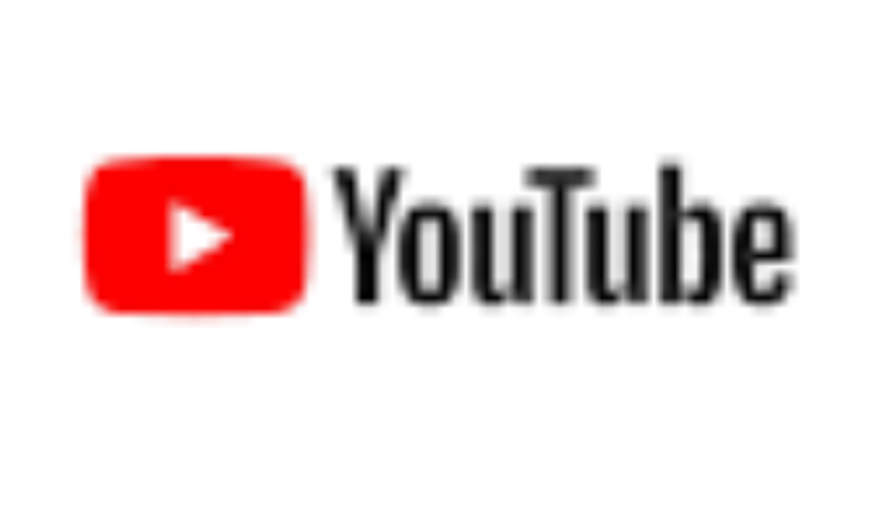YouTube removed content about the war as they have broken guidelines including its violent events policy.
YouTube has removed over 70,000 videos and 9,000 channels related to the Ukraine-Russia conflict as several of the videos violated the platform’s violent events policy, which forbids creators from denying or trivialising events like the invasion of Ukraine.
The platform, which has been very popular in Russia, has taken down pro-Kremlin journalist Vladimir Solovyov’s channel and others since the conflict began in February.
In recent months, channels affiliated with Russia’s Ministries of Defense and Foreign Affairs have been briefly barred from broadcasting films for referring to the conflict as a “liberation effort.”
YouTube’s chief product officer Neal Mohan told The Guardian: “We have a major violent events policy and that applies to things like denial of major violent events: everything from the Holocaust to Sandy Hook.”
“What’s happening in Ukraine is a major violent event. And so we’ve used that policy to take unprecedented action,” he added.
YouTube did not provide a breakdown of the deleted videos and channels, but Mohan stated that many of them were narratives coming from the Russian government or Russian actors acting on its behalf.
In addition, Mohan also stated that in Ukraine alone, YouTube news content about the conflict had received over 40 million views.
According to him, the first and most important responsibility of the platform is to ensure that people seeking information about the Ukraine-Russia conflict can find “accurate, high-quality, credible” information on YouTube.
The consumption of authoritative channels on our platform has increased significantly, not only in Ukraine, but also in neighbouring countries, Poland, and within Russia itself, Mohan added.
However, YouTube has an estimated 90 million users in Russia, despite the fact that advertising on the platform is no longer permitted in the country. It is still the major platform from where Russian citizens can get uncensored information about the war.
With Russia banning Facebook and Instagram, YouTube is one of the few major social media platforms still operating in the country that is not owned by Russia.
“We remain an important platform for Russian citizens themselves as this crisis continues to evolve,” said Mohan.
Amid the Ukraine-Russia war, opportunistic developers have launched a suite of locally created social networks to replace services. Meanwhile, some Russian state media and government agencies have started uploading videos to RuTube, a YouTube alternative owned by the state-run Gazprom-Media.
According to data analytics firm Sensor Tower, RuTube was downloaded approximately 1.4 million times on Russia’s App Store and Google Play in the 40 days following Russia’s invasion of Ukraine, an increase of more than 2000% over the previous period.
As per Brand Analytics, VKontakte, a Facebook-like site that already dominated the Russian market, saw a significant increase in active users, with social networks like Telegram seeing sudden growth.
Fiesta, an Instagram clone, ranked first in Russia’s app store at the end of March, and Rossgram, another similar app, is the newest entrant.
However, even an investigation had also revealed that Russian authorities were offering money to Russian influencers to switch over to the platform before the war began.

